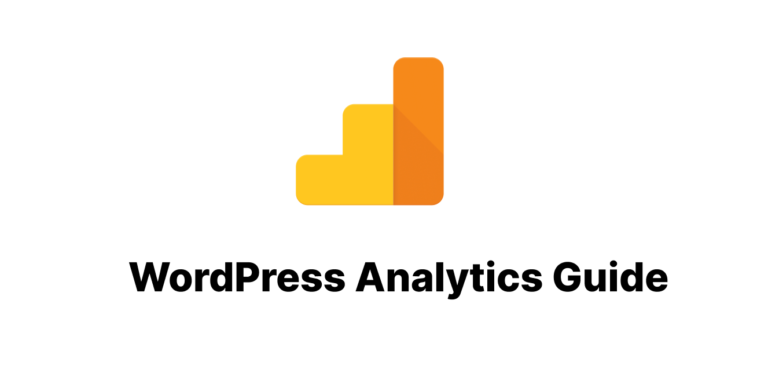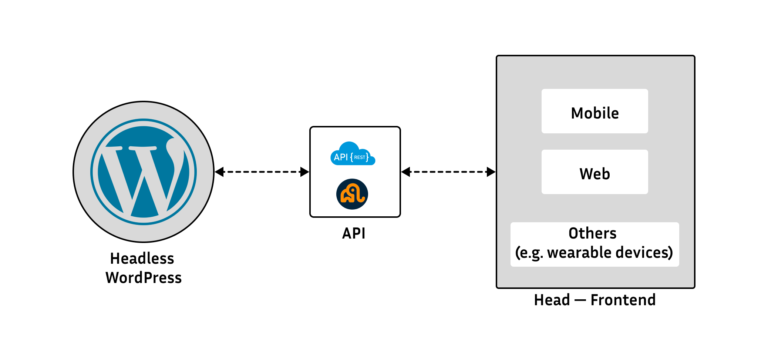Introduction to WordPress A/B Testing
In today’s competitive digital landscape, every percentage point in conversion rate matters. WordPress A/B testing has emerged as a crucial practice for website owners looking to make data-driven decisions rather than relying on guesswork. By systematically testing different elements of your WordPress site, you can identify what resonates with your audience and drives them to take action.
A/B testing (also known as split testing) allows you to compare two versions of a webpage to determine which one performs better in terms of conversions. For WordPress site owners, this approach provides clear insights into what changes will positively impact your business goals.
Why WordPress A/B Testing Is Essential for Conversion Optimization
Implementing WordPress A/B testing on your site offers several significant benefits:
- It eliminates subjective decision-making by providing concrete data.
- It helps you understand your audience’s preferences and behaviors.
- It allows for incremental improvements that compound over time.
- It maximizes the return on your existing traffic.
Research from Conversion XL shows that businesses implementing regular A/B testing see an average increase of 8-10% in conversion rates within the first year.
Setting Up WordPress A/B Testing: The Essentials
Choosing the Right A/B Testing Tools
Several powerful tools integrate seamlessly with WordPress for effective A/B testing:
Google Optimize Google’s free testing tool connects with Google Analytics, making it an excellent starting point for WordPress site owners. It allows you to test different page variations with minimal technical setup.
Optimizely A premium option that offers more advanced features, including multivariate testing and personalization options.
Nelio A/B Testing A WordPress-specific plugin that integrates natively with your site, making it user-friendly for those less familiar with technical implementations.
The WordPress.org plugin directory also offers several dedicated solutions for various budgets and technical skill levels.
Identifying Elements to Test
Effective WordPress A/B testing focuses on elements that directly impact conversion rates:
Headlines and copy Test different value propositions, headline structures, and messaging approaches.
Call-to-action buttons Experiment with button text, colors, sizes, and placements.
Forms Test form length, field types, and placement of required fields.
Images and media Compare different hero images, product photos, or video content.
Page layouts Test different content arrangements and information hierarchies.
5 Proven WordPress A/B Testing Strategies
1. The Hero Section Optimization
The hero section of your WordPress site makes a critical first impression. Consider testing:
- Different headline formulations (question vs. statement, benefit-driven vs. problem-solving)
- Various background images or videos
- The placement and wording of your primary CTA
One e-commerce site increased conversions by 24% by simply changing their hero headline from feature-focused to benefit-focused language.
2. Simplified Form Testing
Forms are often conversion bottlenecks. Test these variations:
- Reducing the number of fields (a Hubspot study found that decreasing form fields from 11 to 4 increased conversions by 120%)
- Multi-step vs. single-step forms
- Inline validation feedback
- Form headline variations
3. Social Proof Placement
Social proof can significantly impact conversion rates. Test:
- Testimonial formats (text vs. video)
- Review placement (near CTAs vs. separate sections)
- Types of social proof (expert endorsements vs. customer reviews)
- Before/after customer results
4. Pricing Page Optimization
For service-based WordPress sites, pricing page optimization can yield substantial results:
- Price anchoring techniques
- Feature highlighting variations
- Money-back guarantee placements
- Limited-time offer messaging
5. Mobile-Specific Optimization
With mobile traffic dominating many WordPress sites, specific mobile A/B tests are crucial:
- Sticky vs. standard navigation
- Touch-friendly button sizes
- Collapsed vs. expanded content sections
- Mobile-specific CTAs
Common WordPress A/B Testing Mistakes to Avoid
Even experienced marketers can fall into these testing traps:
Ending tests too early Ensure statistical significance before concluding tests. Most tests require at least 1-2 weeks and hundreds of conversions to provide reliable data.
Testing too many elements simultaneously When you change multiple elements, you won’t know which specific change impacted the results. Focus on isolated changes for clear insights.
Ignoring seasonal variations Be aware that user behavior can change during holidays, seasons, or special events. Account for these variables when analyzing results.
Not tracking the right metrics Beyond surface-level metrics like clicks, ensure you’re measuring meaningful conversions that impact your business goals.
Implementing Your WordPress A/B Testing Plan
Follow this structured approach to implement effective A/B testing:
- Establish baseline metrics Document your current conversion rates before testing begins.
- Form clear hypotheses For example: “Changing the CTA button color from green to red will increase click-through rates because it creates more visual contrast.”
- Prioritize tests by potential impact Use the PIE framework: Potential, Importance, and Ease.
- Create test variations Develop professionally designed alternatives that maintain your brand standards.
- Run tests for adequate durations Allow for statistical significance (typically 1-4 weeks depending on traffic).
- Analyze results thoroughly Look beyond surface metrics to understand user behavior changes.
- Implement winners and iterate Apply successful changes and build on them with further testing.
Case Study: WordPress A/B Testing Success
A WordPress membership site implemented systematic A/B testing and achieved remarkable results:
- 37% increase in trial signups by testing different headline approaches
- 18% reduction in form abandonment by simplifying the registration process
- 42% improvement in upgrade rates by redesigning their pricing comparison table
These improvements resulted from a series of small, iterative tests rather than a complete site overhaul.
Tools That Enhance WordPress A/B Testing
Beyond dedicated testing platforms, these tools can support your optimization efforts:
Heatmap Tools Solutions like Hotjar or Crazy Egg visualize user behavior, helping you identify elements to test.
User Recording Software Tools that record actual user sessions can reveal friction points worth addressing through A/B testing.
Analytics Enhancement Advanced Google Analytics configurations can provide deeper insights into user journeys.
The WordPress plugin MonsterInsights offers enhanced analytics integration specifically designed for WordPress sites.
Conclusion: Making Testing Part of Your Growth Strategy
WordPress A/B testing isn’t a one-time project but an ongoing process of refinement and improvement. By consistently testing elements of your site against your specific audience’s preferences, you create a conversion-optimized experience that continually improves.
Start with high-impact elements, establish a regular testing schedule, and let data guide your decisions. Over time, these small improvements compound into significant conversion rate gains.
Ready to transform your WordPress site’s performance with data-driven decisions? Begin implementing these WordPress A/B testing strategies today, and watch your conversion rates climb.
Call to Action
Have you implemented A/B testing on your WordPress site? Share your experiences in the comments below. If you found these strategies helpful, subscribe to our newsletter for more conversion optimization tips delivered straight to your inbox.
Internal Links:
Image Suggestions:
- Featured Image: Split-screen comparison of two webpage variations with analytics overlay Alt text: “WordPress A/B testing comparison showing conversion rate improvements”
- Infographic: Common elements to test on WordPress sites Alt text: “WordPress A/B testing elements that impact conversion rates”
- Case study results visualization Alt text: “Before and after results from WordPress A/B testing implementation”




